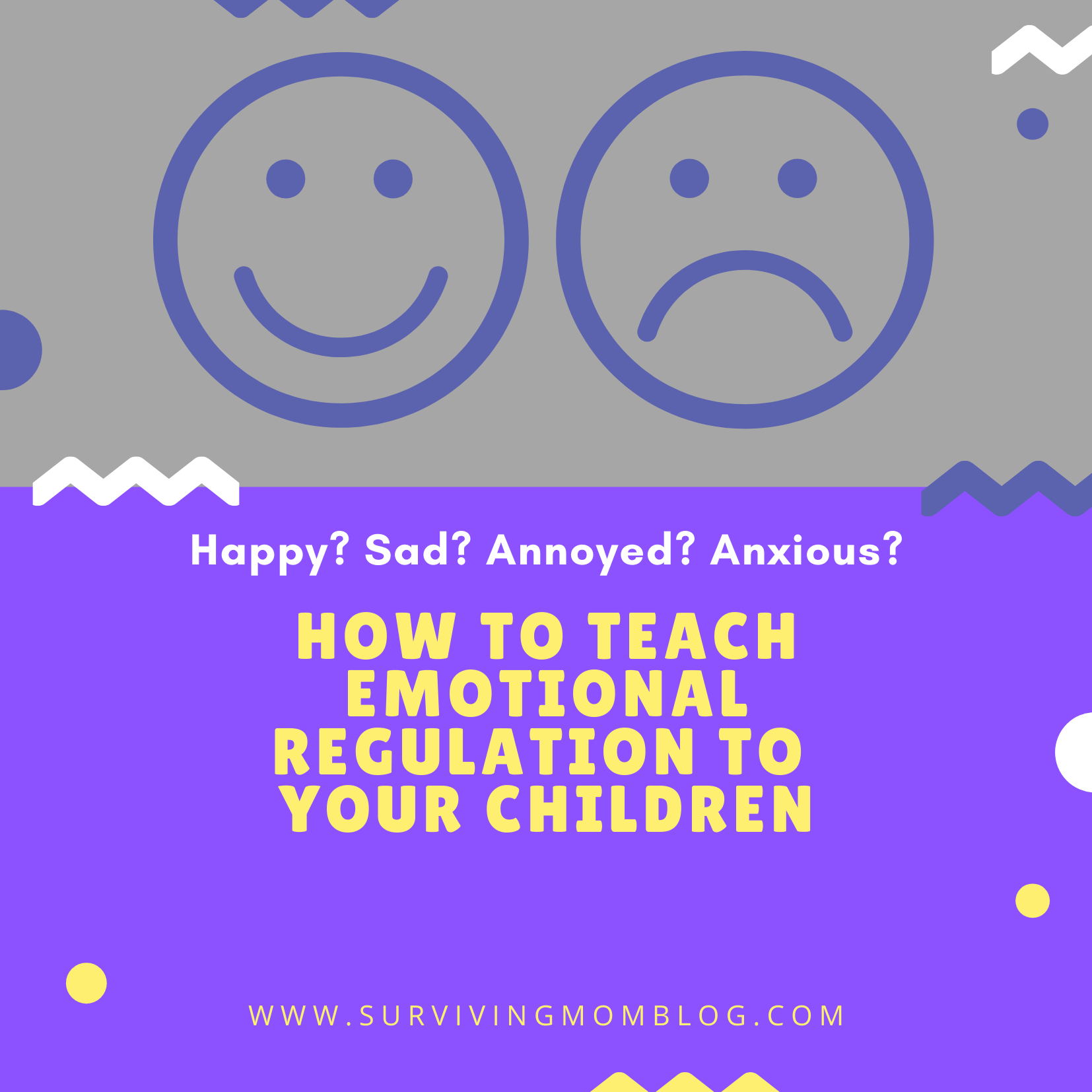
Let’s be honest. Controlling our emotions is no easy task. With the chaos surrounding us due to the pandemic, our sense of normalcy and stability have gone out the window. We find it hard to manage our feelings due to the upheaval of our lives, so how can we expect our children to have emotional regulation?
ZONES OF EMOTIONAL REGULATION
This is where the Zones of Emotional Regulation comes in. I cannot take credit for this; it was invented by Leah M. Kuypers. There is a book and applications designed to help children label and manage their emotions. If you’d like more information about those resources, you can go to here.
The purpose of this article is to share what I successfully implemented with my daughter. I hope that this gives you and your child support and structure, which we all need now more than ever. Although this is great for anyone, it is particularly helpful for kids with special needs, young children, and/or anxious children. I learned about Zones of Regulation when my daughter was getting Occupational Therapy for her sensory issues.
FOUR EMOTIONAL REGULATION ZONES
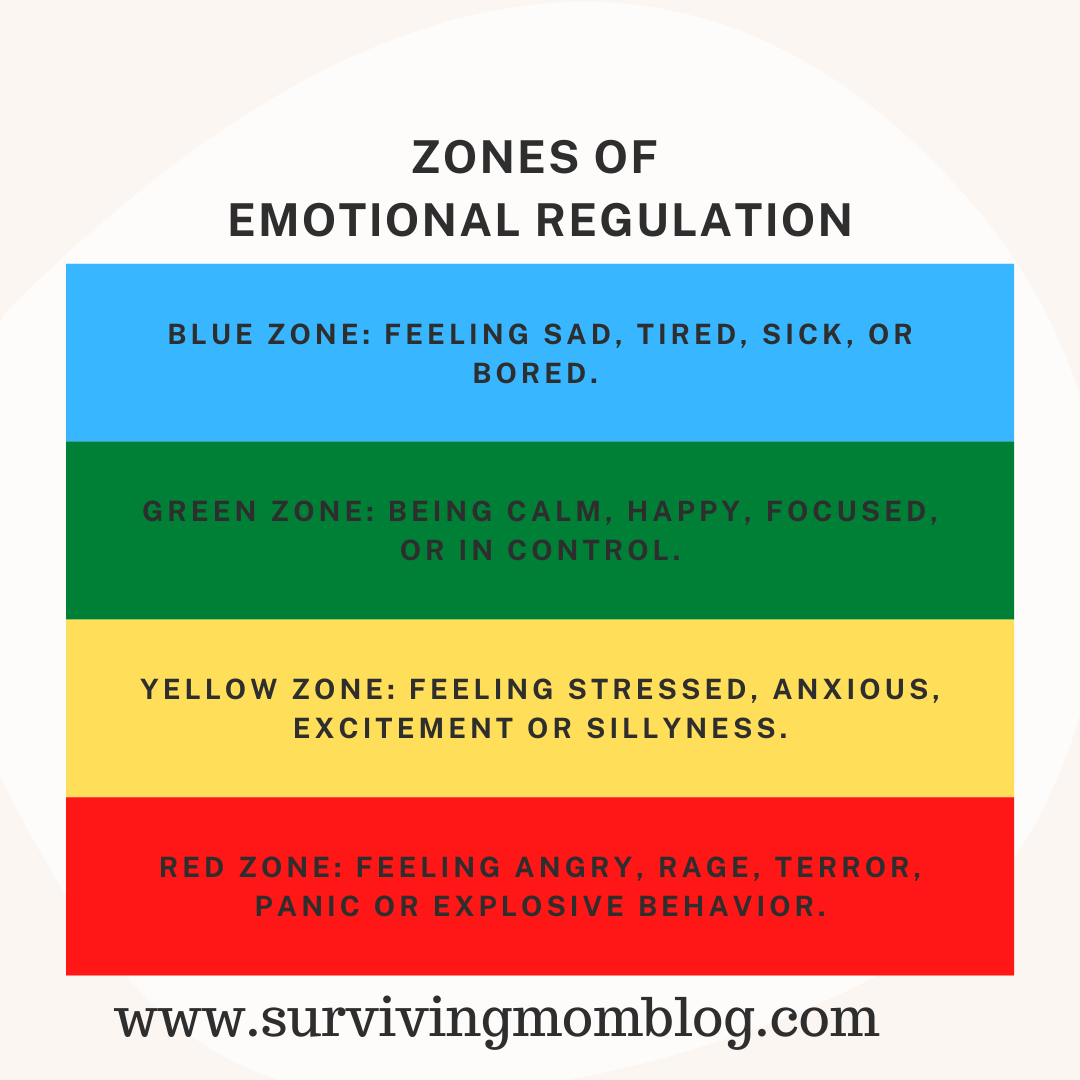
The Zones of Emotional Regulation are comprised of four zones, each demonstrating a different level of emotions. Click here to download the Zones of Regulation Visual and other handouts. There is a blue zone, green zone, yellow zone, and red zone. You can print out the handout as is, which display the colors, or you can print it without color and have your child color it in themselves.
The blue zone represents low energy, which can occur for a myriad of reasons. Someone who is in the blue zone may feel sad, sick, tired, or bored.
The remaining green, yellow, and red emotional regulation zones are similar to a traffic light. Therefore, using traffic lights to explain those emotional regulation zones is a helpful analogy. The green emotional regulation zone is similar to a green traffic light; the person is okay to go. When you are calm, happy, focused and relaxed you are in the green zone. The yellow zone of emotional regulation is like a yellow traffic light; it indicates to proceed with caution. If you are frustrated, excited, anxious, or starting to lose control, you are in the yellow zone. Lastly, the red zone of emotional regulation is like a red light. It means to stop. This is when feelings are extreme and/or out of control. Yelling, angry, scared, and other intense emotions occur in the red zone.
HOW I INTRODUCED THE ZONES OF EMOTIONAL REGULATION TO MY DAUGHTER
I introduced the zones to my daughter by going over with her what each zone meant and what each associated feeling meant. It is also necessary to discuss and brainstorm with your child what strategies can be implemented when in the blue, yellow or red zone. Your child can write a list of what to do in those situations, draw pictures, or you can look up images and your child can cut them out and glue them onto a piece of paper.
Strategies my daughter uses when in the yellow and red zone include hugs, talking with me, drawing pictures, singing songs, dancing, jumping up and down, squeezing stress balls, reading, listening to music, and doing belly breathing (filling belly up with air when inhale, and slowly letting air out of stomach when exhale). The tools your child needs to manage their emotions will vary based on the child, the emotions, and the circumstances.
When I began this with Brielle, it took some time for her to get used to the idea of colored zones. Due to her sensory issues, impulsivity, and poor emotional regulation due to her ADHD, she acts first without thinking about the emotions behind her actions. I modeled my own zones, feelings, and tools to help her learn this new way of managing emotions. For example, if I felt angry, I told her that I was in the red zone because I was feeling angry, and I needed to listen to some music to calm down.
REMIND YOUR CHILD TO BE AWARE OF THEIR EMOTIONS
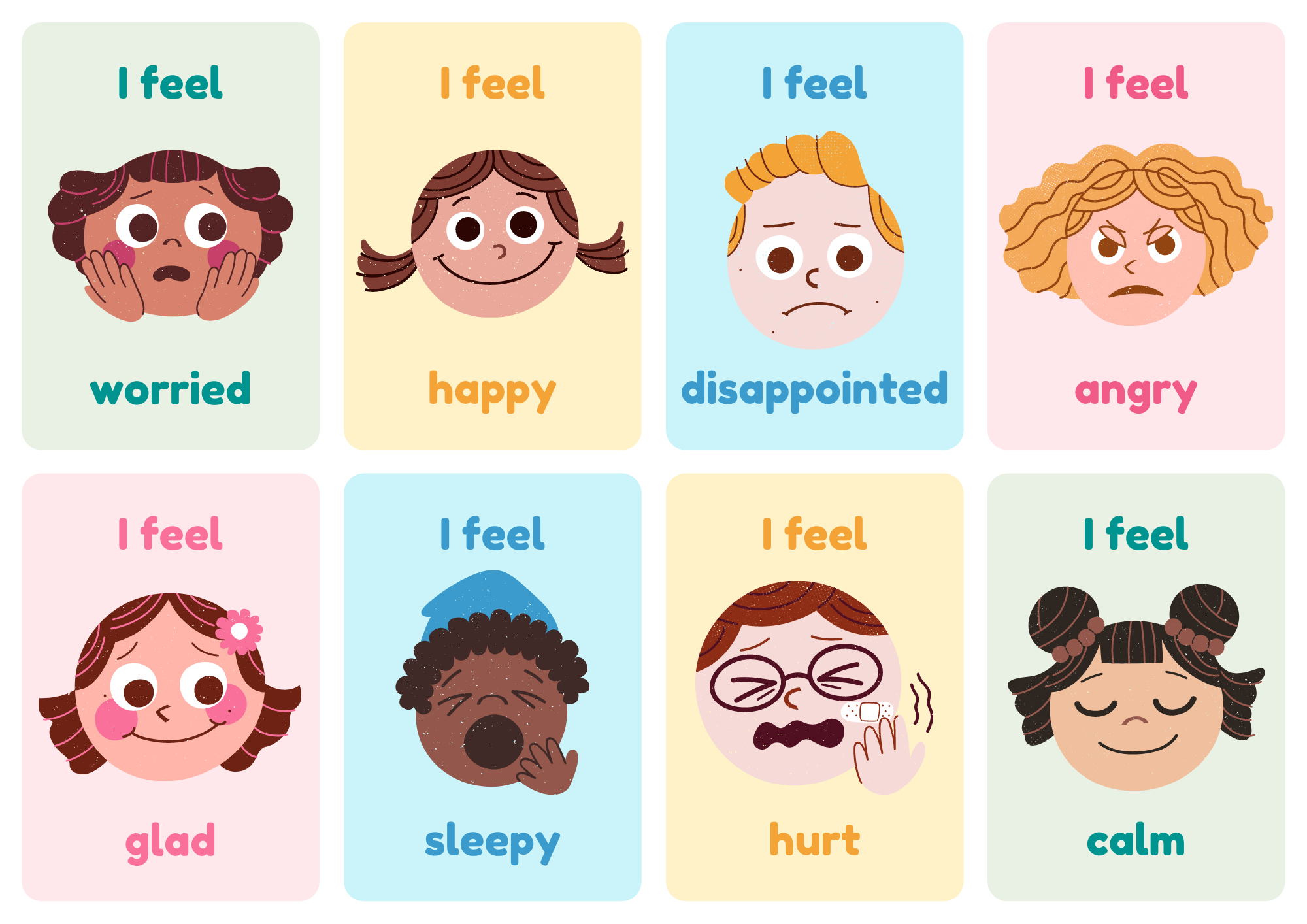
It is important to use “I” messages during your discussions. Examples include I feel” and “I need this tool” when speaking about the zones.
I also asked my daughter what zone she was in if she didn’t bring it up herself. I encouraged her to be aware of her emotions and what she needed to regulate them so she could be in the green zone. With time and consistency, she got better at independently labeling what zone she was in, and then with repetition she was able to name the emotion that accompanied the zone.
Initially, she was reminded to select tools to help her with this process. I created a “calming corner” in her room with things she pre-selected to help her feel better. Her calming corner included a bean bag chair, a weighted blanket, squeezing toys, and books. She was encouraged to go to the calming corner if she felt that would help, but there were times she wanted to do something else. I praised her for taking the initiative to select what tool would be best for her in the moment.
USE THE ZONES OF REGULATION YOURSELF TO MODEL BEHAVIOR FOR YOUR CHILDREN
Remember that your children will model what they see. Try to keep your emotions in check, and label what zone you are in and what strategies you are using. It is unrealistic to think you can be calm and collected all the time, so be open about how you are feeling and what helps you to regulate your emotions. You are setting a great example for your kid and you are also taking the time to recognize and prioritize your feelings. It’s a win-win!
Make several copies of the Zones of Emotional Regulation and the strategies you’ve discussed with your child. Put them throughout the house where they are easy to access.
HELPING YOUR CHILD UNDERSTAND EMOTIONAL REGULATION
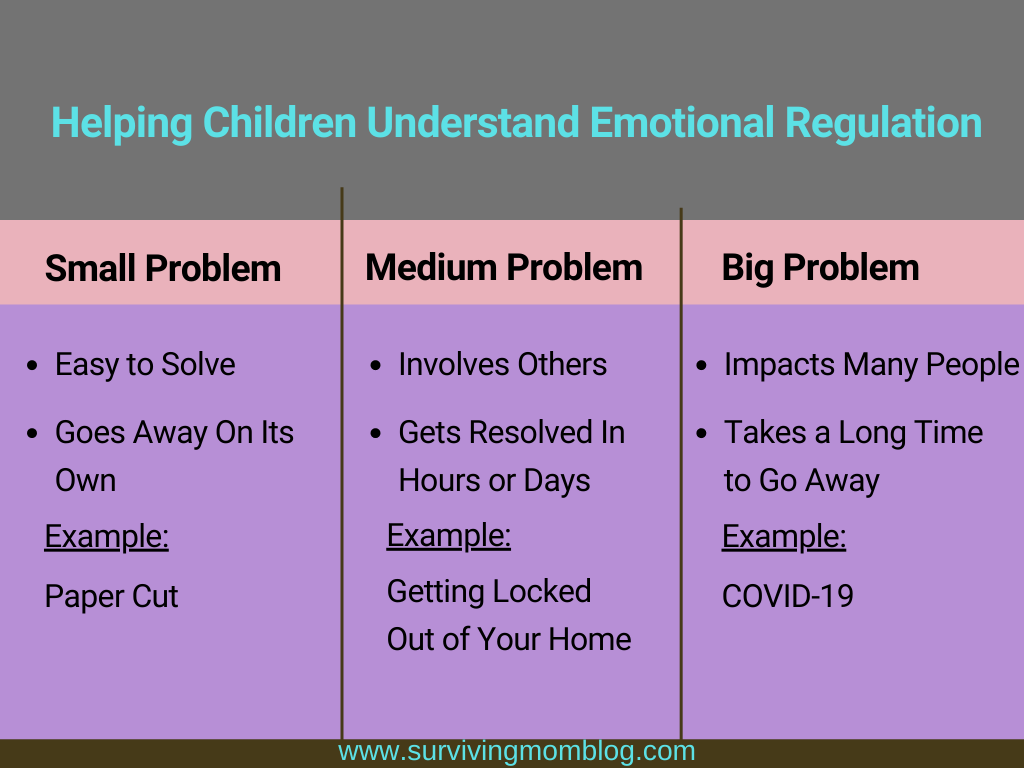
Another thing I implemented with my daughter along with emotional regulation is discussing whether she had a little problem, medium problem, or big problem. Brielle would react to any situation with the same ferocity. It was important for me to help her put things in perspective. A little problem is something that only impacts you and is easy to solve or can go away on its own. A medium problem involves some people and can be resolved in a matter of hours or a few days. A big problem is something that impacts many people and takes a long time to get resolved.
Your child getting a paper cut is an example of a little problem. That said, don’t tell that to my daughter. She held up her middle finger in the backseat of the car the entire car ride because she had a paper cut on that finger. She refused to put her finger down. Yes, I got some stares from other people. A story for another time.
A medium problem is getting locked out of your car and having to wait for AAA to come to your rescue. Annoying and frustrating (yellow zone!), but not a major problem in the scheme of things.
A big problem is COVID-19. Sadly, I think that example explains itself.
Remember to ask for your child’s zone when an opportunity arises. Another good idea is setting reminders in advance to discuss everyone’s zones at set intervals throughout the day.
For example, if your child is in the red zone because he knocked over his blocks, acknowledge the zone if your child doesn’t do so on his own. Once your child has used his calming tools, ask if the problem was an example of a big, medium or little problem. I know that when my daughter is in the red zone, logic isn’t going to work with her. Once she has calmed down, she is more receptive to having a conversation about the significance of her problem.
SUPPORT AND UNDERSTAND YOUR CHILD’S FEELINGS
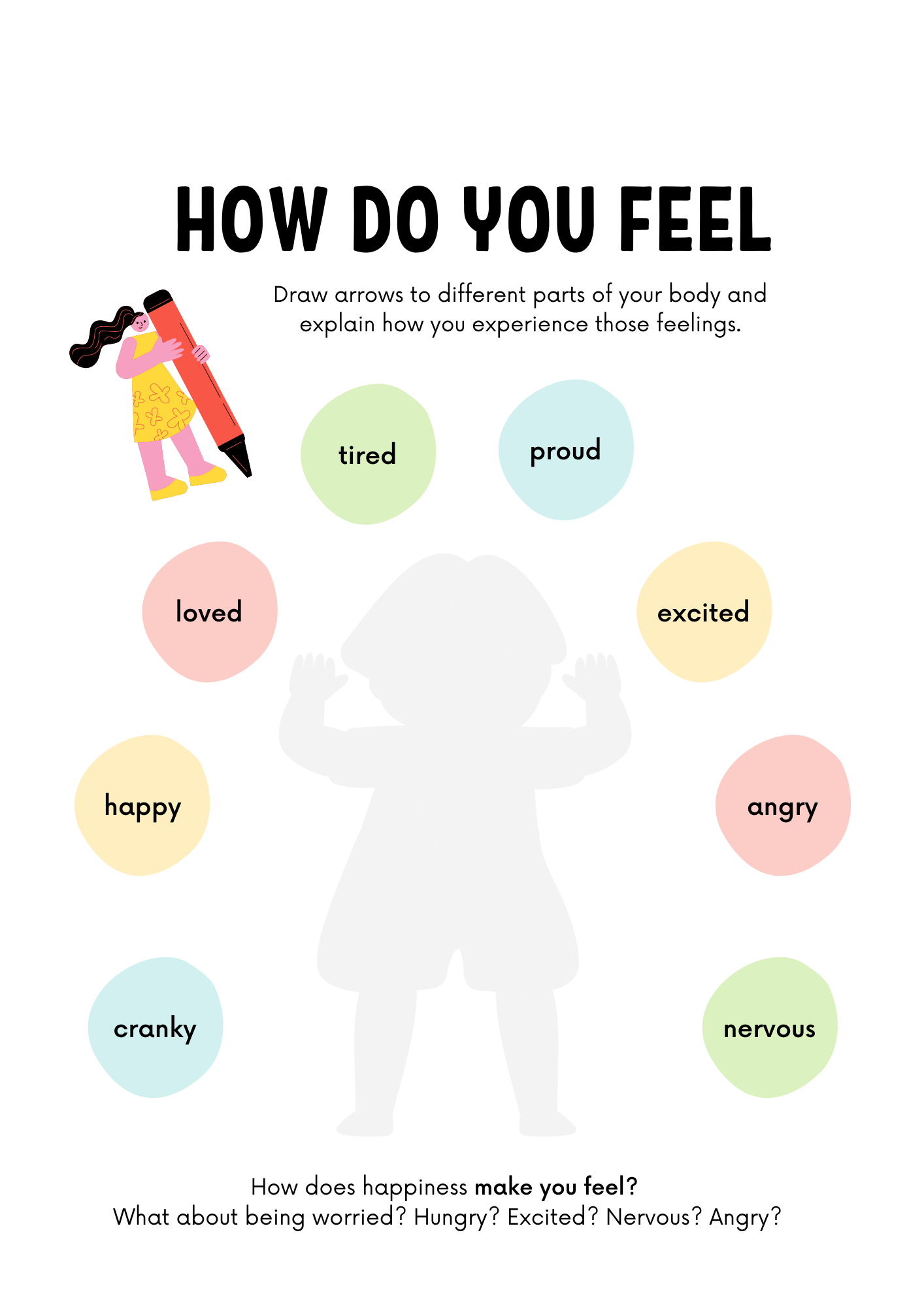
Keep in mind that even though some of your child’s concerns and struggles are not a big deal to us, it often feels like a catastrophe to them. Try to support their feelings and understand them, while teaching and modeling a new way to think about situations.
My daughter became so good at discussing zones and emotions that she now points out other people’s zones and emotions. There is nothing better than trying to explain an assignment to your child for the 4th time and having her say, “You look like you are in the red zone, Mommy. I think you’re going to explode. Do you need to use my calming corner?” How well the student has become the teacher. Sigh.
Structure, consistency, and supporting one another’s feelings is always necessary, but especially when living through a pandemic. With many kids using distant learning or homeschooling, these tools are a great way to teach emotional regulation, awareness, and support your child’s (and your own!) emotional and social well-being.
Disclaimer
This post may contain affiliate links. If you purchase a product via my link I may receive a small commission at no additional cost to you. Please visit our disclaimers here

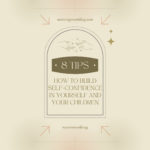
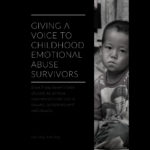
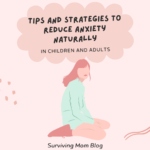
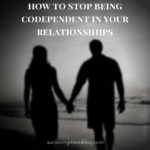
Naomi Lane says:
It is nice to see these tools again. I used them in my teaching career working with autistic children, but they are equally applicable to neuro-typical children as well. I can attest that they really do work, especially if you revisit them frequently, so best to post them in a visible spot like on the fridge or bedroom door for time-out conversations.
Randi says:
Yes, I printed out numerous copies and had them all over the house! Thanks for the feedback!